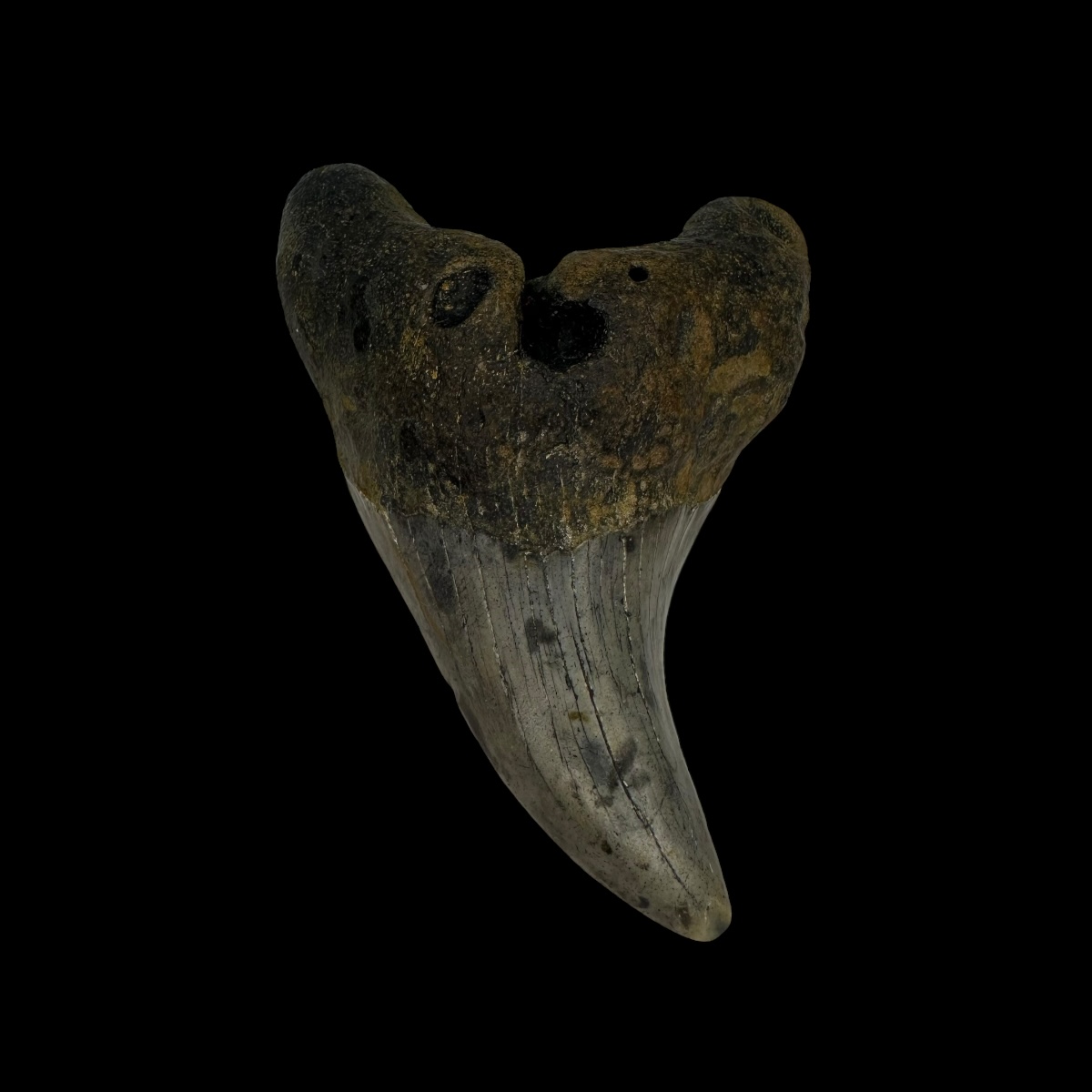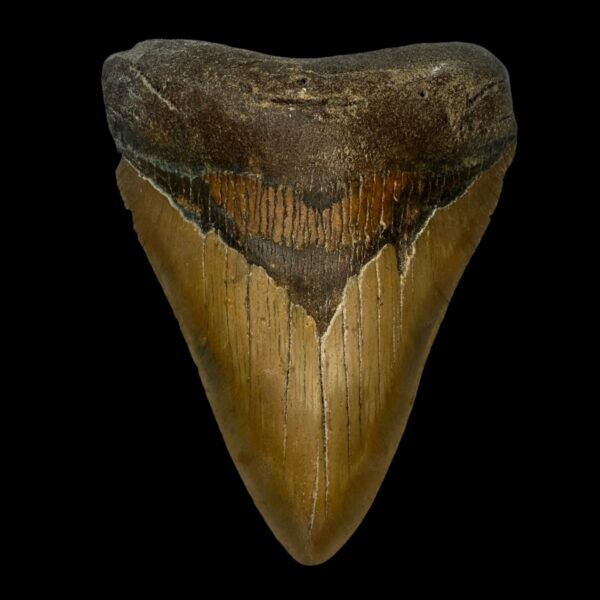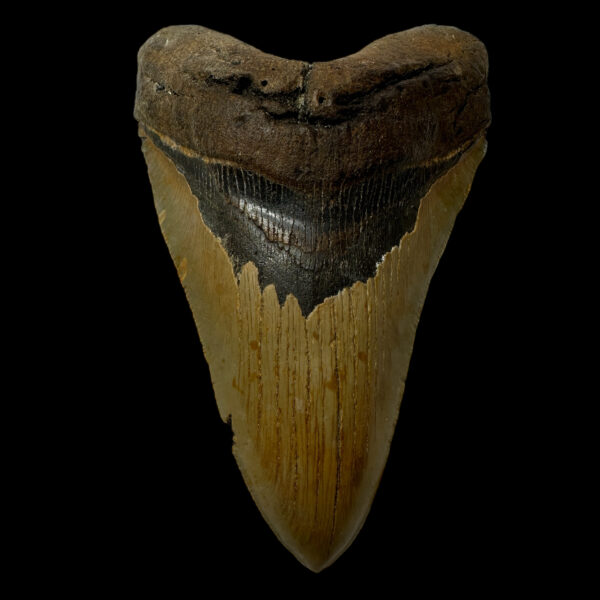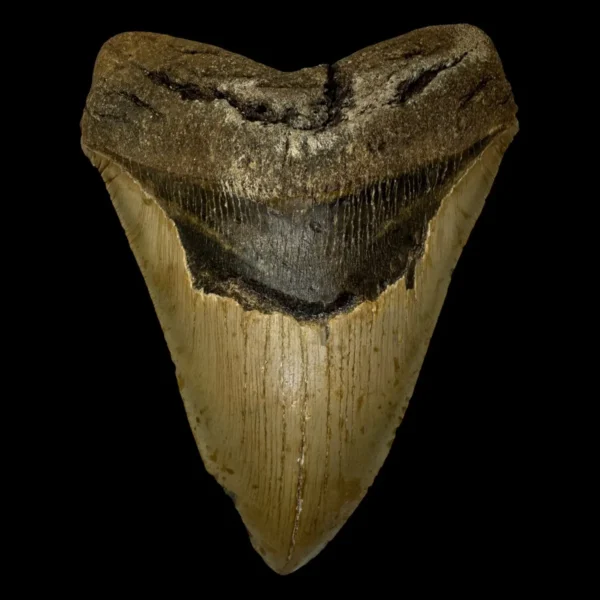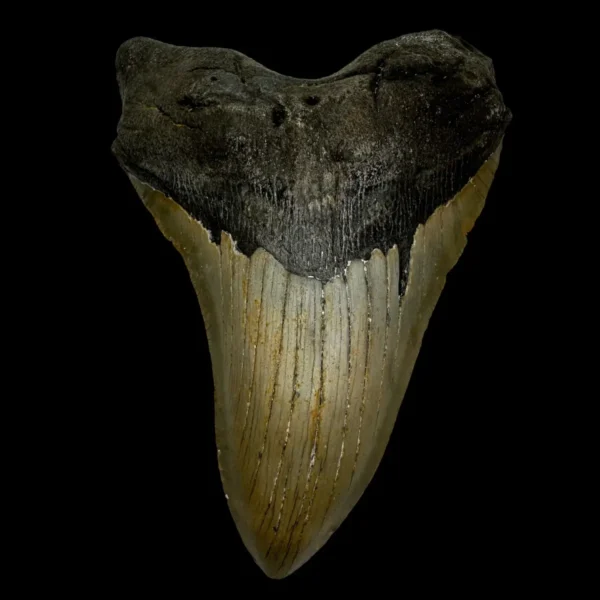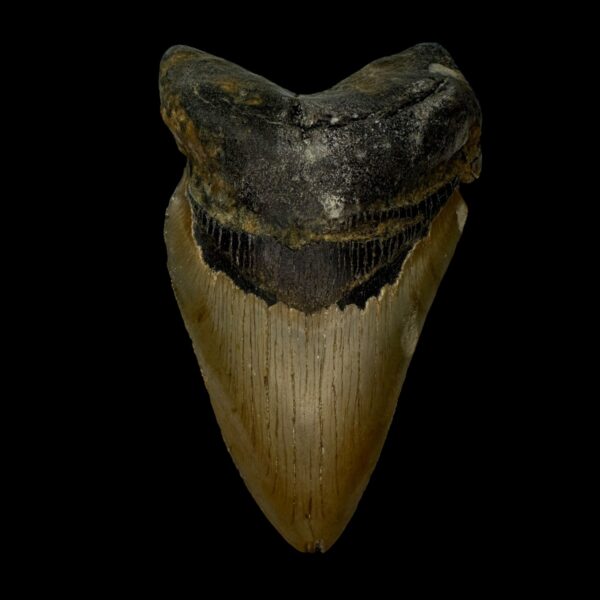Understanding 7 Fascinating Facts About Megalodon Tooth Fossils and Ancient Oceans
Introduction
Megalodon tooth fossils are more than just remnants of the largest shark that ever lived — they are powerful clues that help scientists understand how Earth’s ancient oceans once looked and functioned. These fossils provide evidence of prehistoric climates, ecosystems, and predator-prey relationships that shaped marine life millions of years ago.
In this educational guide, you’ll discover 7 fascinating facts about Megalodon tooth fossils and how they continue to expand our understanding of evolution, oceanography, and paleontology.
1. Megalodon Tooth Fossils Reveal Ocean Temperatures
One of the most intriguing facts about Megalodon tooth fossils is that they preserve chemical signatures from prehistoric seawater. By studying oxygen isotopes within the tooth enamel, scientists can determine the temperature of the oceans where Megalodon lived. These findings show that the giant shark thrived in warm, tropical waters, revealing key information about global climate during the Miocene and Pliocene epochs.
2. Fossil Sediments Help Understand Ancient Sea Levels
The sediments surrounding Megalodon tooth fossils tell a story of shifting coastlines and rising or falling sea levels. Fine sands indicate shallow, coastal environments, while dense clay layers point to deeper waters. These sedimentary clues allow paleontologists to understand how ancient seas evolved over time and where Megalodon preferred to hunt and reproduce.
3. Megalodon Tooth Fossils Indicate Global Migration
Fossil discoveries across North America, South America, Europe, Africa, and Asia show that Megalodon tooth fossils are found on nearly every continent. This wide distribution suggests that Megalodon sharks were highly migratory, traveling through ancient oceanic corridors in search of prey. These fossils help scientists map prehistoric ocean currents and understand how continents and sea temperatures influenced shark migration.
4. Teeth Reveal Evolutionary Adaptation
When comparing early and late Megalodon tooth fossils, researchers have noticed significant changes in shape and size. Earlier specimens were narrow and curved, while later teeth became larger and more robust — adaptations ideal for hunting massive prey such as whales. These changes provide a fascinating look into evolutionary adaptation, illustrating how species evolve to survive changing conditions.
5. Megalodon Teeth Show Evidence of Prehistoric Food Chains
Many fossilized whale bones have been discovered with bite marks that perfectly match the serrated edges of Megalodon tooth fossils. This evidence proves that Megalodon was the apex predator of its era, dominating marine food chains and influencing the population balance of other ocean species. Understanding these dynamics helps scientists reconstruct ancient ecosystems and how they responded to climate and biological pressures.
6. Megalodon Tooth Fossils Connect to Modern Science
While Megalodon tooth fossils tell stories of the past, they also help scientists make predictions about the future. The study of fossilized marine predators helps researchers understand how modern sharks might respond to changes in ocean temperatures and ecosystems today. By analyzing fossil chemistry and distribution, scientists gain valuable insights into how climate change shapes marine biodiversity.
7. Educational Importance for Students and Museums
Megalodon tooth fossils are not only valuable for scientists but also for education. In classrooms, they serve as tangible tools for teaching evolution, ecology, and geology. Museums display them to inspire curiosity about ancient oceans and highlight how fossils connect us to Earth’s history. By learning from these fossils, students gain a deeper appreciation for the science behind paleontology and oceanography.
Conclusion
Through these 7 fascinating facts, we can truly appreciate how Megalodon tooth fossils act as time capsules, preserving the history of Earth’s oceans and the life they once sustained. From global migrations to evolutionary adaptations, these fossils help scientists and learners alike understand how nature evolves, adapts, and endures.
👉 Explore authentic Megalodon tooth fossils at our Megalodon Tooth Shop and experience the thrill of discovering the secrets of Earth’s ancient oceans.
Additional Section: Deepening Our Understanding of Megalodon Tooth Fossils
Modern paleontology has taken the study of Megalodon tooth fossils far beyond traditional fossil collecting. These remarkable remains are now vital instruments in understanding the evolution of marine ecosystems and the interactions between predators and prey that shaped ancient seas.
Every Megalodon tooth fossil carries a chemical record of the ocean where it formed. Through isotopic analysis, researchers can measure oxygen and carbon ratios preserved in the tooth enamel to estimate ancient sea temperatures. This process allows scientists to understand how global warming and cooling cycles influenced marine biodiversity millions of years ago. By studying these patterns, modern oceanographers gain clues about how today’s changing climate could affect marine species in the future.
The structure of Megalodon tooth fossils also reveals how this giant shark adapted to its environment. The thickness, serrations, and curvature of each tooth tell a story of powerful jaws designed for crushing bones and tearing through flesh. These details help scientists understand the physical evolution that allowed Megalodon to become the top predator of prehistoric oceans. Comparing teeth from different layers of sediment shows gradual changes in size and shape — clear evidence of evolutionary adaptation across geological time.
Beyond science, Megalodon tooth fossils are extraordinary educational tools. In museums, they captivate visitors and make the prehistoric world tangible. In classrooms, they inspire curiosity and give students a hands-on way to understand core scientific concepts like evolution, sedimentation, and the fossilization process. When learners see and touch a real fossilized tooth, they connect emotionally and intellectually with Earth’s history in a way no textbook can replicate.
The significance of Megalodon tooth fossils extends even further into modern environmental education. Studying why Megalodon eventually went extinct — likely due to ocean cooling, reduced prey availability, and ecological competition — helps scientists and conservationists understand the fragility of marine ecosystems. The extinction of such a powerful species demonstrates that no creature, no matter how dominant, is immune to environmental change.
Ultimately, these fossils are not only relics of an ancient predator but also symbols of life’s continuous transformation. By deepening our understanding of Megalodon tooth fossils, we uncover lessons about resilience, adaptation, and the delicate balance of nature — lessons that remain profoundly relevant in today’s changing oceans.
xpanding Our Understanding: What Megalodon Tooth Fossils Continue to Teach Us
The fascination with Megalodon tooth fossils goes far beyond their impressive size or rarity. These fossils are key to understanding the hidden connections between ancient oceans, environmental change, and biological evolution. Through each discovery, scientists deepen their understanding of how life adapted, thrived, and eventually transformed over millions of years beneath the surface of prehistoric seas.
At the core of paleontology lies one question — how did life evolve in response to a constantly changing planet? Megalodon tooth fossils help answer that by offering a direct glimpse into the chemistry, biology, and climate of ancient Earth. The enamel of these teeth preserves isotopic data that allows researchers to reconstruct ocean temperatures and carbon cycles from epochs long before humans existed. This level of understanding has revolutionized how scientists interpret the dynamics of ancient marine ecosystems.
Moreover, understanding Megalodon’s place in the food chain gives us perspective on predator-prey balance. The massive serrated teeth show how this apex predator maintained order within its ecosystem. Fossil evidence of whale bones and large fish with distinctive bite marks demonstrates the vital role Megalodon played in regulating ocean biodiversity. By understanding these ancient interactions, scientists can compare them to modern ecosystems and identify how marine life responds to environmental stress today.
For educators, Megalodon tooth fossils provide powerful learning opportunities. In classrooms, they are used to build a tangible bridge between geological history and biological science. Teachers rely on these fossils to help students understand concepts such as sediment formation, fossilization, and adaptation. This approach turns abstract theories into engaging, hands-on experiences that spark curiosity about Earth’s deep past.
In the museum setting, understanding becomes a shared experience. Visitors from all ages can stand before an authentic Megalodon tooth and imagine the oceanic world it once belonged to — an era of colossal predators, shifting climates, and evolving ecosystems. Exhibits featuring Megalodon tooth fossils invite the public to develop a greater understanding of the Earth’s geological timeline and humanity’s role in studying it.
Finally, these fossils remind us that understanding the past is the key to preparing for the future. By studying the environmental factors that influenced Megalodon’s extinction, scientists can recognize patterns that echo in today’s climate challenges. Each Megalodon tooth fossil serves as a physical testament to nature’s cycles of rise, dominance, and decline — and our ongoing journey of understanding life’s resilience through time.

